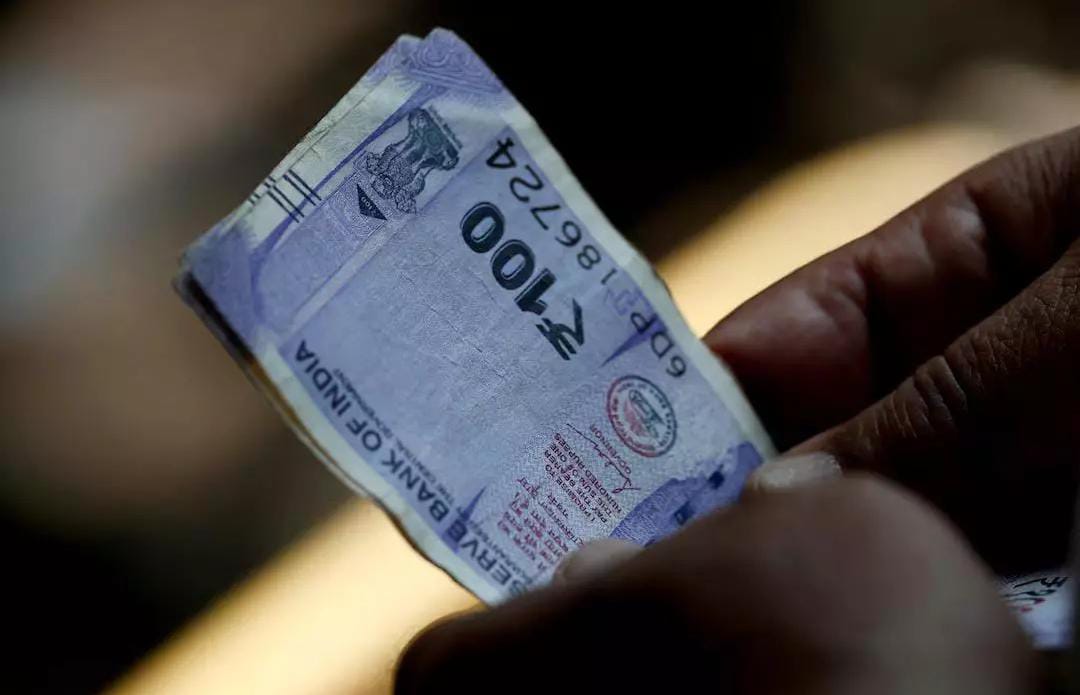Rupee Struggles Amid Rising US Bond Yields and Trade Deficit
On Monday, the Indian rupee hit a historic closing low of 84.8625 against the US dollar, marking a significant dip for the currency. The drop comes as a combination of global and domestic economic pressures weigh heavily on the rupee, including rising US bond yields, a weakening Chinese yuan, and an expanding trade deficit in India.
Global Economic Factors Impacting the Rupee
One of the key reasons for the rupee’s sharp fall is the increase in US bond yields, which has made the dollar stronger in international markets. As bond yields rise in the US, investors tend to move their capital towards dollar-denominated assets, increasing demand for the US dollar and causing other currencies, including the rupee, to weaken.
The Chinese yuan’s continued decline also plays a role in the rupee’s struggle. As the yuan weakens, it puts additional pressure on emerging market currencies, including the rupee, as investors adjust their portfolios based on the global economic climate.
India’s Trade Deficit Widens Significantly
Another major factor contributing to the rupee’s decline is India’s widening merchandise trade deficit. In November, the country’s trade deficit reached an all-time high of $37.8 billion. This surge was largely driven by a significant increase in gold imports, which placed additional strain on India’s current account balance. Gold, often seen as a safe investment, saw a surge in demand, leading to higher import costs.
The rising trade deficit not only impacts the rupee but also raises concerns about the overall health of India’s economy, as a higher deficit means more dollars are leaving the country than entering, which can further weaken the rupee.
What This Means for the Indian Economy
The rupee’s sharp depreciation is a concern for India’s economy, particularly in terms of inflation and import costs. As the rupee weakens, the cost of imports rises, which can lead to higher prices for goods, especially essential items like oil and gold, which India heavily imports.
A weaker rupee also makes foreign debt more expensive, putting pressure on Indian companies and the government that have borrowed in foreign currencies. This could lead to tighter financial conditions and higher costs of capital.
Looking Ahead: What Can India Do?
Economists suggest that the Indian government and central bank, the Reserve Bank of India (RBI), will need to closely monitor the situation. While interventions to stabilize the rupee are possible, they can only do so much in the face of global factors like rising US bond yields and a widening trade deficit. India may need to focus on boosting exports, reducing dependency on gold imports, and addressing structural issues in its economy to help improve the rupee’s outlook in the long run.
As the rupee continues to face pressures, all eyes will be on the steps the government and RBI take to manage this currency crisis and navigate through the global economic challenges.





Leave a Reply